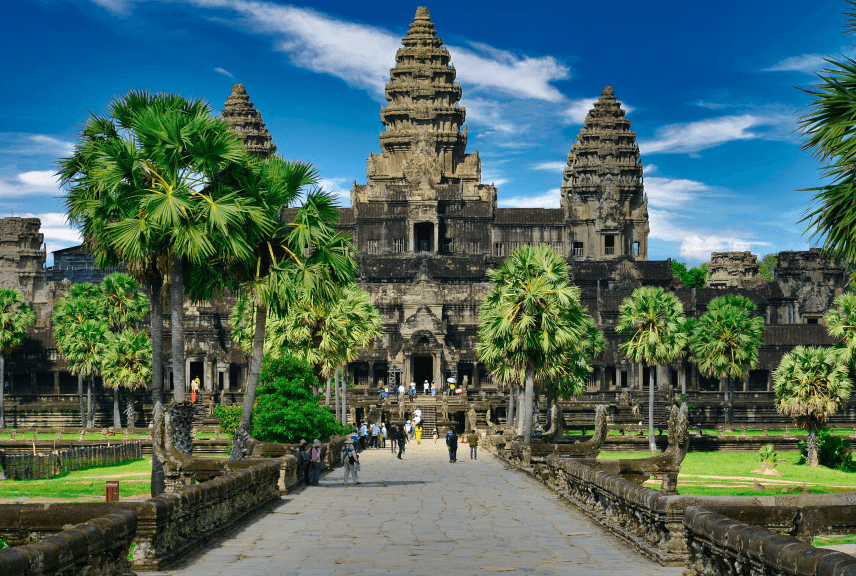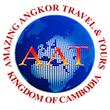Socialist Republic of Vietnam
– Land area: 125,622 sq mi (325,361 sq km); total area: 127,244 sq mi (329,560 sq km)
– Population (2007 est.): 85,262,356 (growth rate: 1.0%); birth rate: 16.6/1000; infant mortality rate: 24.4/1000; life expectancy: 71.1; density per sq mi: 679
– Capital (2003 est.): Hanoi, 2,543,700 (metro. area), 1,396,500 (city proper)
– Largest cities: Ho Chi Minh City (Saigon), 5,894,100 (metro. area), 3,415,300 (city proper); Haiphong, 581,600; Da Nang, 452,700; Hué 271,900; Nha Trang, 270,100; Qui Nho’n, 199,700
– Languages: Vietnamese (official); English (increasingly favored as a second language); some French, Chinese, Khmer; mountain area languages (Mon-Khmer and Malayo-Polynesian)
– Ethnicity/race: Kinh (Viet) 86.2%, Tay 1.9%, Thai 1.7%, Muong 1.5%, Khome 1.4%, Hoa 1.1%, Nun 1.1%, Hmong 1%, others 4.1% (1999)
– Religions: Buddhist 9%, Catholic 7%, Hoa Hao 2%, Cao Dai 1%, Protestant, Islam, none 81%
– Literacy rate: 94% (2003 est.)
Geography
The Socialist Republic of Vietnam is an independent country with its sovereignty, unification and entire territory. It includes mainland, islands, territorial waters and air space. Looking at the map, you can see Vietnam which is a curved and S shaped landstrip. It is located in the centre of South East Asia with the area of 329,241 km2 and the coast of 3,260 km and the land border of 4,510 km. On the mainland, from the north pole to the south pole (as the crow flies) it is 1,650 km long, from the east pole to the west pole, the widest place is 600 km and the narrowest one is 50 km.







